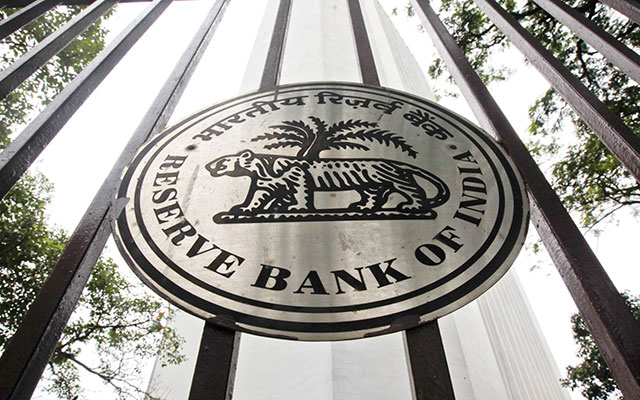India’s current account deficit (CAD) is a constant concern for policymakers and economists. It refers to the gap between the value of goods and services imported into India and the value of goods and services exported from India. When imports exceed exports, a current account deficit arises.

Image: newskarnataka.com
The CAD can impact India’s forex reserves, which are crucial for maintaining macroeconomic stability. When the CAD widens, it exerts downward pressure on the value of the rupee, prompting the Reserve Bank of India (RBI) to intervene by selling foreign exchange reserves to defend the rupee’s value. Constant CAD widening can deplete forex reserves, weakening the RBI’s ability to manage exchange rate volatility.
Impact on Forex Reserves
A persistent CAD can diminish India’s forex reserves. When the CAD widens, the RBI must sell foreign currencies from its reserves to prevent a sharp depreciation of the rupee. This intervention helps maintain exchange rate stability but reduces the country’s stockpile of foreign exchange.
Consequences of Depleted Forex Reserves:
- Reduced ability to manage exchange rate volatility
- Increased vulnerability to external economic shocks
- Difficulty meeting foreign debt obligations
Impact on Economic Growth
A large CAD can adversely affect India’s economic growth. If a substantial portion of the CAD is financed by debt, it can increase India’s external debt burden, straining its fiscal resources. Furthermore, a persistent CAD can lead to depreciation of the rupee, making imports more expensive and reducing the purchasing power of Indian consumers.
Negative Effects on Economic Growth:
- Reduced foreign exchange inflows
- Increased interest payments on foreign debt
- Diminished competitiveness of exports
Recent Trends and Developments
In recent years, India’s CAD has shown fluctuations. In 2012-13, the CAD reached a peak of 4.8% of GDP, largely due to elevated global commodity prices and a surge in gold imports. However, subsequent policy measures and a recovery in exports helped narrow the CAD to 1.5% of GDP in 2017-18.
However, the CAD widened again in recent years, reaching 3.3% of GDP in 2021-22. This widening is attributed to a resurgence in global commodity prices, particularly crude oil, coupled with strong domestic demand. The CAD is projected to widen further in the current financial year due to the Russia-Ukraine war and its impact on energy prices.

Image: www.livemint.com
Expert Advice for Policymakers
To address India’s CAD challenges, policymakers can consider several measures:
- Promoting Exports: Bolstering export incentives, enhancing trade infrastructure, and negotiating favorable trade agreements can stimulate exports.
- Curbing Non-Essential Imports: Discouraging the import of luxury goods and non-essential items through tariffs or quantitative restrictions can help reduce the import bill.
- Attracting Foreign Investment: Creating an attractive investment climate through policy reforms and infrastructure improvements can augment foreign direct investment and portfolio flows, boosting forex inflows.
Additional Tips for Managing CAD:
- Prudent fiscal management to reduce the government’s fiscal deficit
- Monetary policy coordination to balance growth and inflation
- Monitoring external debt vulnerabilities and ensuring sustainable debt levels
FAQ on India’s CAD
- What is a current account deficit?
It is the excess of the value of imported goods and services over the value of exported goods and services. - How does a CAD impact forex reserves?
A widening CAD leads to a depletion of forex reserves as the central bank intervenes to support the rupee’s value. - What are the negative effects of a large CAD?
It can lead to exchange rate instability, slower economic growth, and increased vulnerability to external shocks. - How can India address its CAD challenges?
Measures include promoting exports, curbing non-essential imports, attracting foreign investment, and sound macroeconomic policies.
India Current Account Payment To Forex Reserve
Conclusion
India’s current account deficit has significant implications for forex reserves and economic growth. While a moderate CAD is manageable, a persistent and large CAD requires proactive policy responses. By implementing sound fiscal and monetary policies, encouraging export growth, and diversifying sources of external financing, India can effectively address CAD challenges and maintain macroeconomic stability.
Are you interested in learning more about India’s current account deficit and its implications for the economy? Share your thoughts and questions in the comments section below.






